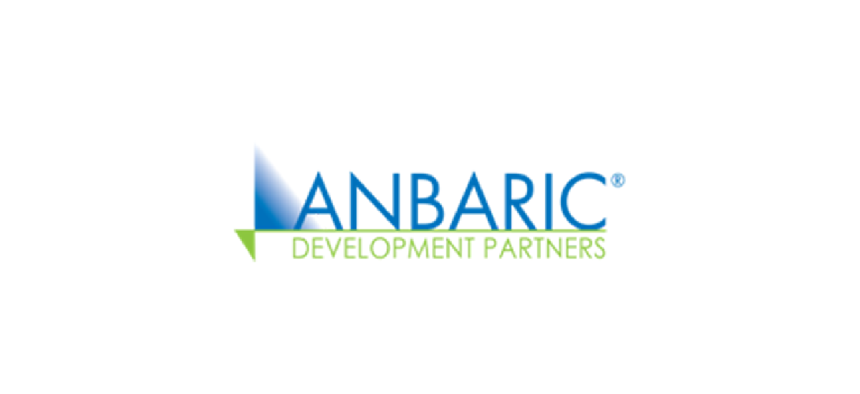sponsor content What's this?
Offshore Wind Transmission

Anbaric, a transmission and microgrid development company operating in the US and Canada. Anbaric
[[{"fid":"4450","view_mode":"default","fields":{"format":"default","field_file_image_alt_text[und][0][value]":"Edward Krapels: CEO of Anbaric","field_file_image_title_text[und][0][value]":false},"type":"media","field_deltas":{"1":{"format":"default","field_file_image_alt_text[und][0][value]":"Edward Krapels: CEO of Anbaric","field_file_image_title_text[und][0][value]":false}},"attributes":{"alt":"Edward Krapels: CEO of Anbaric","style":"height: 200px; width: 150px; float: left;","class":"media-element file-default","data-delta":"1"}}]]
Sponsored content
New York’s ambitious offshore wind program faces an unanticipated challenge: finding the right way to deliver wind to shore. The transmission that brings wind to shore will shape the industry’s structure for decades to come and will define whether it’s dominated by competition and innovation or preservation of market share, deterring new entrants and second-tier technology.
Transmission infrastructure – the cables that bring wind power to the grid – is boring; it offers neither the beauty nor the ambition of ever-larger wind turbines whose blades gracefully spin. But it is critical: it either stimulates or stifles the competition that is central to the long-term health of the offshore wind industry.
If present trends continue, transmission developers will be excluded from even competing in the process to develop the transmission systems that offer the lowest cost solution for New Yorkers. There is no rational basis to prohibit any company from responding to an RFP when it can accelerate transmission development, increase competition, lower costs to ratepayers, while protecting the environment. Transmission developers can speed up timelines for the deployment of offshore wind by using their expertise and resources to accelerate the usual permitting and studies required – making transmission a true priority in planning and construction rather than an afterthought. It must be assumed this apparent decision is due to the influence of myths propagated about offshore wind development.
The most common and deceptive myth is that wind developers must own both generation and transmission assets. This is a startling departure from history and established policy in New York to separate generation and transmission in order to create a more vibrant and competitive energy industry. The policy ensures that transmission is not controlled by generators who can favor themselves or one generator over another, and therefore ensures a power grid that fosters competition.
Other common myths are that it’s not necessary to build a carefully designed “ocean grid” to spur competition; and that green power developers are immune from temptations to accumulate market power and set prices that work for them instead of the ratepayer. So, what could go wrong if the first two procurements are only open to generators to build their own transmission in laissez-faire fashion rather than a planned system?
New York only has a few onshore locations that can accommodate offshore wind, and if those are taken up by 400MW projects, there will not be room for the more efficient and environmentally beneficial 800–1200MW transmission systems required if the State is going to achieve its 2400MW target. European countries with offshore wind experience already learned valuable lessons and are resolute that transmission be separate and designed “ocean grids” for generators to plug into. Offshore wind generation has become an extremely competitive business and, as a result, now produces power in some markets at dramatically lowered costs and no longer need long-term, fixed price contracts of $100/MWh or more.
To realize Governor Cuomo’s goals, a well-planned transmission system separate from generation is necessary to allow for competition, provide the lowest possible cost to ratepayers, be the least disruptive to the environment, and create efficiency and expediency required to build an industry and deliver 2400MW of offshore wind energy by 2030. New York must reject the attempts of some large offshore generation companies to accumulate market power by controlling the transmission from ocean to shore.
Edward N. Krapels is the CEO of Anbaric, a transmission and microgrid development company operating in the US and Canada.
NEXT STORY: Hustling Towards Equality